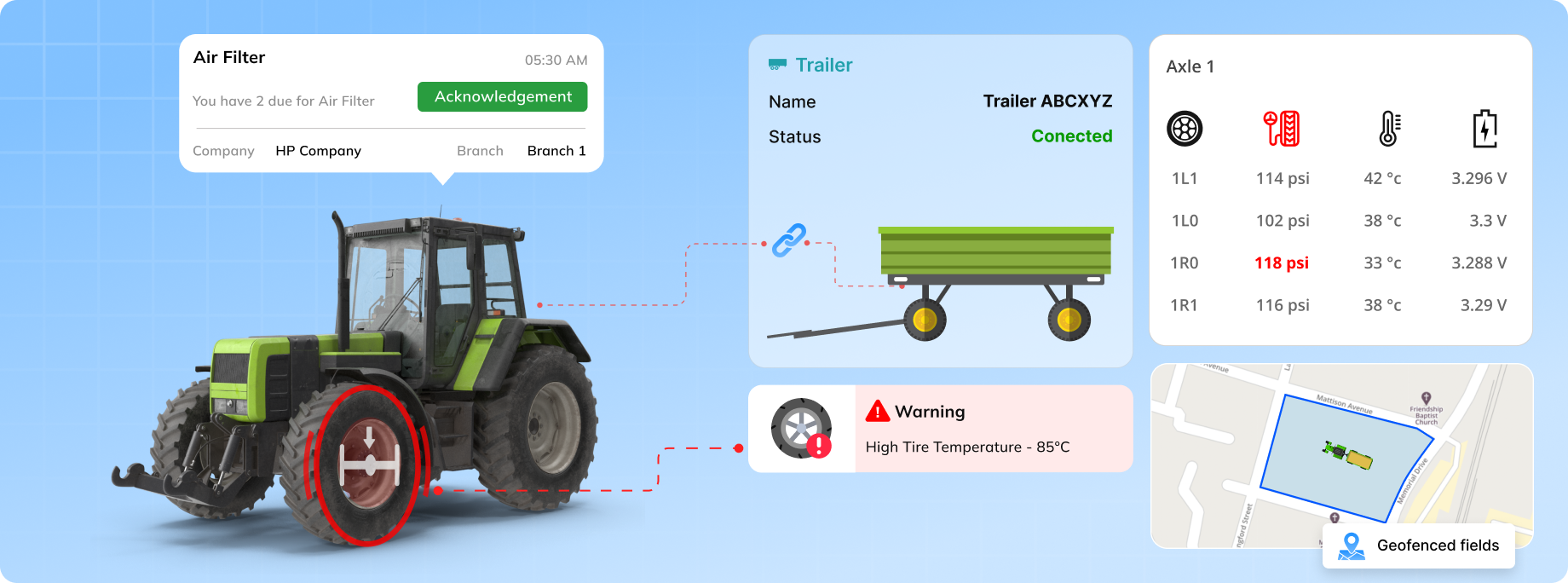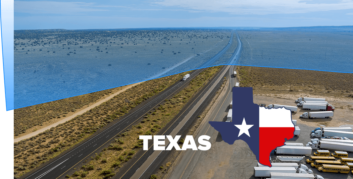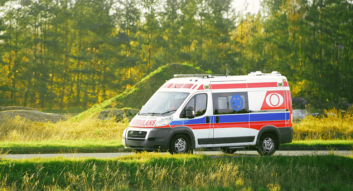Agricultural fleets include tractors, harvesters, ploughs, and utility vehicles that operate across scattered farmlands. These vehicles are used seasonally but intensively, making timely maintenance and tracking essential. With large areas to cover and multiple machines in use, it becomes difficult to track asset usage, monitor field activities, or plan field-wise operations. Without proper tracking and logging, fuel gets misused, jobs are delayed, and vehicles are either overworked or left idle.
Fleet visibility and control for modern agricultural needs
Introduction
Challenges
- Lack of visibility across widespread farmlands: Agricultural machinery operates over scattered plots, remote villages, and changing crop zones. Without real-time location updates, managers can’t identify which field a machine is operating in or whether it’s stuck, idle, or active.
- No field-wise logs or activity mapping: When multiple plots are under cultivation, there’s no way to confirm which vehicles are used on which fields. This leads to poor job tracking, especially when work is outsourced or managed remotely.
- Untracked wear and damage on tires used in uneven terrain: Farm vehicles run over rough and muddy paths, causing unpredictable tire wear. Without proper monitoring, damaged tires are caught too late, leading to breakdowns during peak sowing or harvesting.
- No monitoring of trailers carrying harvest or tools: Trailers are attached to tractors for transporting crops, equipment, or fertilizers. But without tracking, trailers can be misplaced, overused, or left behind after field runs.
- Poor accountability and behavior logging for field drivers: Seasonal or temporary drivers often operate tractors or harvesters, but without logs of their working hours, movement patterns, or handling habits, it’s difficult to ensure responsible use or assign accountability in case of mishaps.
Solution
- Live field tracking with behavior insights: Track every tractor or harvester in real-time across large farmlands. Along with location, get a live status of whether the vehicle is running, idle, or stopped. Driving patterns like harsh braking or sudden acceleration are also flagged. This helps supervisors spot misuse, even from remote sites.
- Geofenced fields with job completion logs: Create geofences around each plot or field. Every time a machine enters or exits, the system logs the time spent and the job done. This acts as proof of work, especially useful for contract farming or outsourced operators.
- Tire performance reports from field runs: Monitor tire conditions even on rough agricultural terrains using automated tread log summaries. Get timely updates on tire wear trends, pressure drops, or mismatches. This reduces breakdowns during critical harvesting hours.
- Trailer tracking linked to parent vehicle: When tractors carry trailers loaded with harvest or tools, their movement is tracked alongside the main vehicle. Managers can monitor trailer location, trip history, and current status to ensure nothing is lost or left behind in distant plots.
- Driver management with shift-wise records: Assign drivers, track their hours, and monitor their behavior over time. A detailed driver history helps identify who operated which vehicle, when, and how. This ensures better control during high-activity seasons.
Results
- Better utilization of vehicles across scattered fields: Real-time visibility and usage reports helped managers assign and rotate vehicles more efficiently. This reduced the strain on select tractors and ensured all available vehicles were used optimally.
- Improved tracking of vehicle operations in specific farm zones: With field-based geofencing, managers could confirm whether each vehicle operated in the right area and for the required duration—bringing more clarity to daily field operations.
- Reduction in breakdowns during peak agricultural activity: Proactive tire condition logs and trailer tracking helped identify issues early. This led to fewer on-field stoppages and smoother operations during critical tasks like sowing or harvesting.




